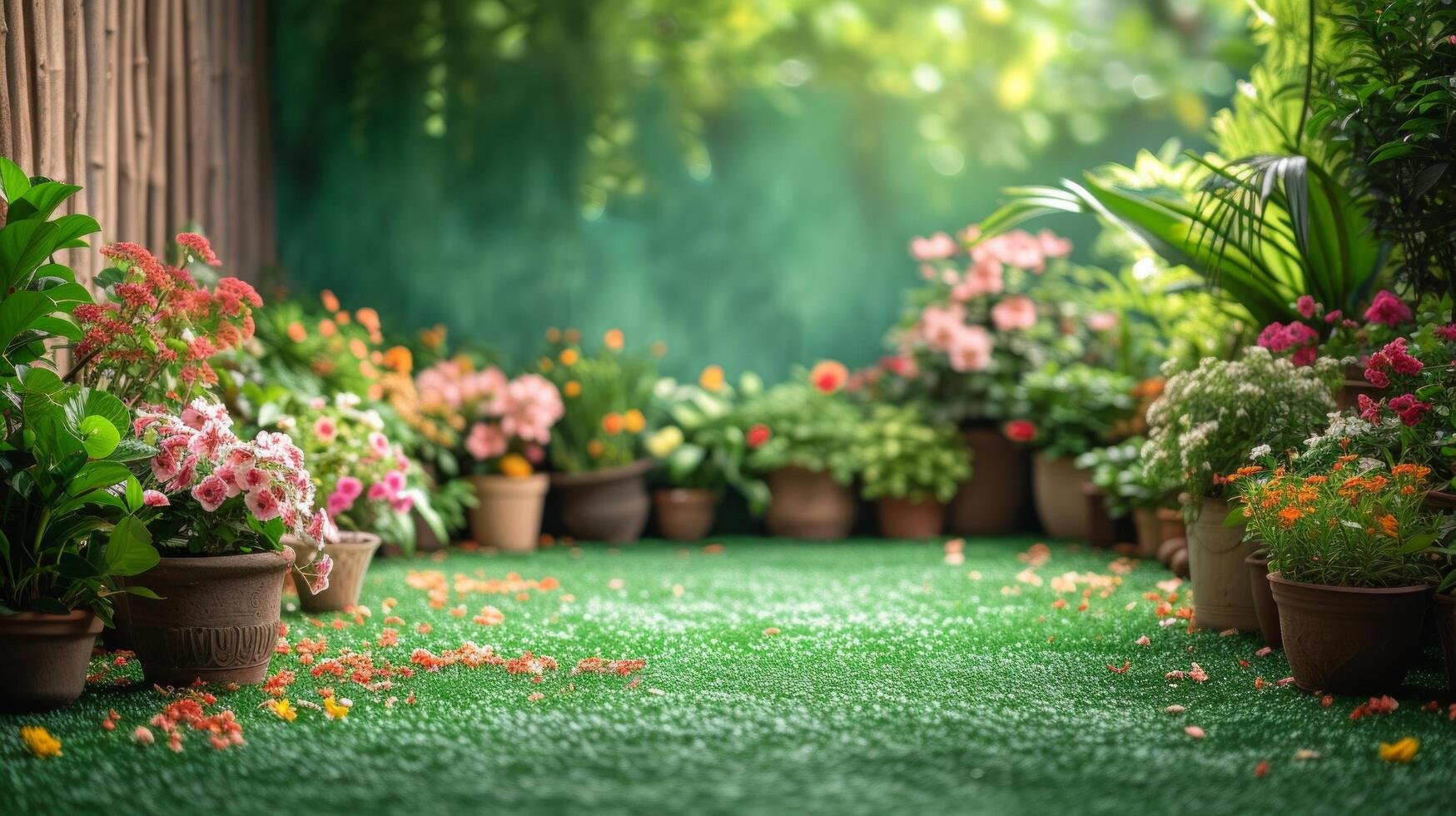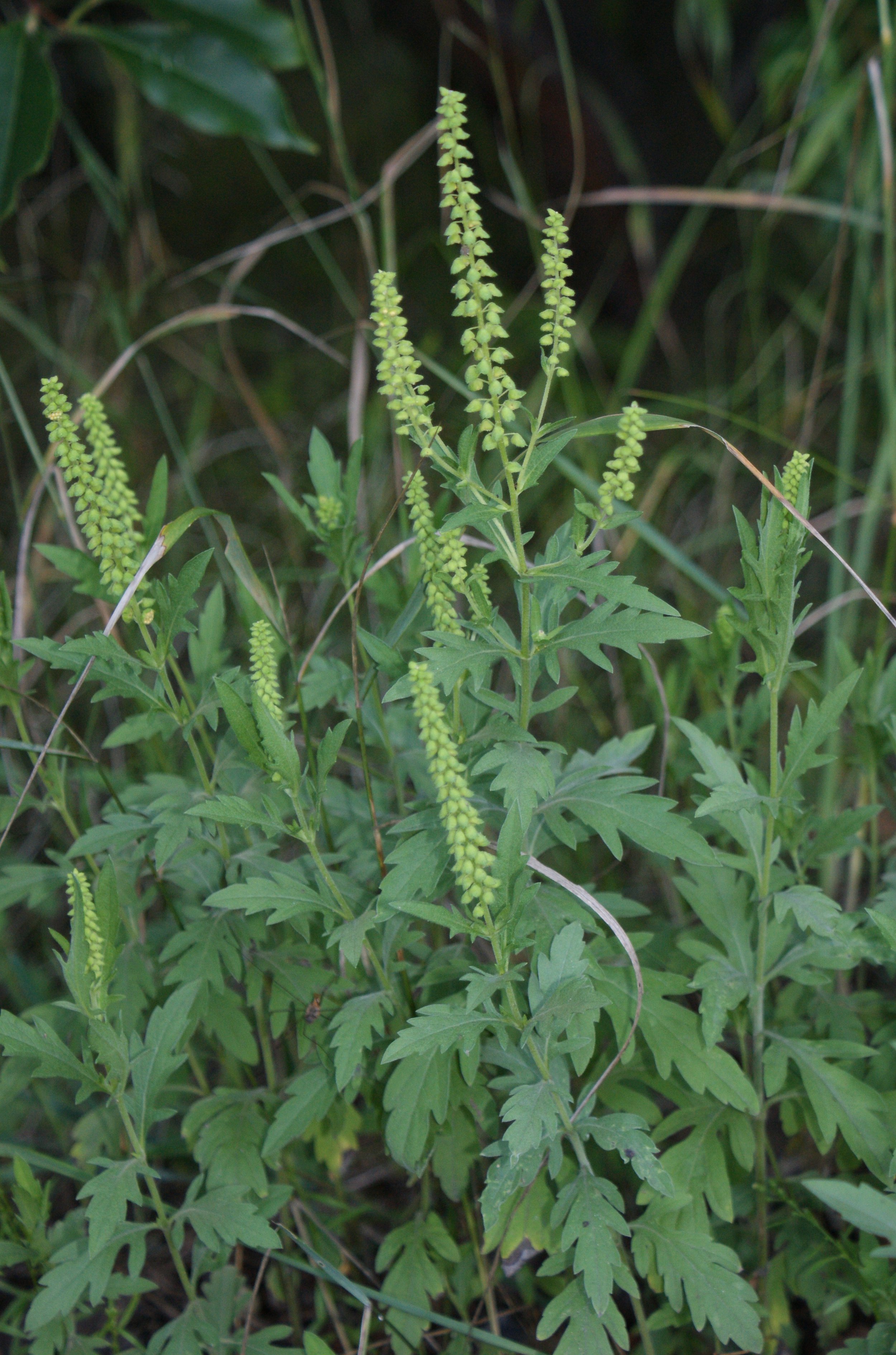
Shrubs and Their Connection to Allergies
Shrubs can contribute to allergies if they are wind-pollinated, as they release large amounts of pollen that can trigger allergic reactions, but insect-pollinated shrubs like azaleas, hydrangeas, and camellias are much less likely to cause issues. By choosing low-pollen shrubs and maintaining a well-kept garden, you can create a more allergy-friendly outdoor space while still enjoying the beauty and structure that shrubs provide.

Choosing Low-Allergen Plants for an Allergy-Friendly Garden
Creating an allergy-friendly garden involves choosing plants that produce minimal pollen, such as insect-pollinated flowers, shrubs, and trees like tulips, azaleas, and dogwood, which release less airborne pollen. Avoid high-pollen plants like grasses, oak, and ragweed, and incorporate groundcovers, female plants, and regular maintenance to further reduce allergens and create a comfortable outdoor space.

Why Choosing Female Plants Can Make Your Garden Allergy-Friendly
Selecting female plants for your garden is a simple way to reduce allergens, as they do not release pollen into the air like male plants do. Many tree and shrub species, as well as certain flowering plants, have male and female varieties, with female plants being ideal for minimizing allergic reactions. By focusing on female plants, you can enjoy a beautiful, allergy-friendly garden while lowering the risk of triggering pollen allergies.

Designing an Allergy-Friendly Garden: Simple Tips for a Healthier Outdoor Space
An allergy-friendly garden focuses on using low-pollen plants and strategic design to reduce allergens. Regular maintenance, choosing the right plant varieties, and adding non-plant elements can create a comfortable and healthier outdoor space.

The Changing Patterns of Pollen and Allergies
The climate crisis has lengthened and intensified allergy seasons, with rising temperatures and CO2 levels increasing pollen production and spread. New weather patterns expose more people to unfamiliar allergens, posing growing health challenges.

Elements of the Immune System
T and B lymphocytes gather in lymphatic tissues to detect and fight pathogens. If macrophages can't eliminate bacteria, these cells are activated, with T cells attacking infected cells and B cells producing antibodies. Memory cells then enable a faster response if the pathogen returns.

Chemical Substances and Their Effects
Since the 1960s, increased chemical use has led to more health issues, as chemicals can damage cell walls and allow toxins to enter the body. To reduce risks, use eco-friendly products and maintain a healthy lifestyle.


Ragweed (Ambrosia)
Ragweeds (Ambrosia genus) are flowering plants native to the Americas, known for their invasive spread and highly allergenic pollen, which causes half of pollen-related allergies in North America. Control methods include mowing, herbicides, and biological agents, with treatments like immunotherapy available for allergy sufferers.

Lily (Lilium)
Lilies (Lilium genus) are ornamental plants known for their large, fragrant blooms, but they can trigger allergic reactions in sensitive individuals, especially due to their strong fragrance and pollen. Allergies may include respiratory irritation, skin rashes, and mild reactions from cross-reactivity with other plant allergens, with management strategies like choosing low-fragrance varieties, removing stamens, and wearing gloves for handling.

Birch Trees (Betula)
Birch trees (Betula genus) are known for their white or silver bark and are common in temperate and boreal regions, often found in forests and urban areas. Birch pollen is a major allergen, causing symptoms like sneezing and asthma, and can also trigger Oral Allergy Syndrome, especially with fruits and nuts like apples and hazelnuts.

Sunflower (Helianthus)
Sunflowers (Helianthus genus) are flowering plants known for their bright yellow blooms and edible seeds, commonly grown for ornamental, agricultural, and oil purposes. While less allergenic than ragweed, sunflower pollen can cause hay fever symptoms, and handling them may lead to skin irritation, with rare cases of food allergies to sunflower seeds or oil.

Chrysanthemums (Mums)
Chrysanthemums (Chrysanthemum genus), or mums, are popular flowering plants in the aster family, known for their vibrant blooms. While beautiful, their pollen and chemical compounds can trigger hay fever, skin irritation, and cross-reactions with other aster family plants in sensitive individuals.

Physical exercise and immunity
Moderate exercise boosts immunity by increasing virus-fighting antibodies and T lymphocytes, reducing the risk of infections. In contrast, intense exercise may lower lymphocyte levels due to cortisol release, which suppresses immune responses.
